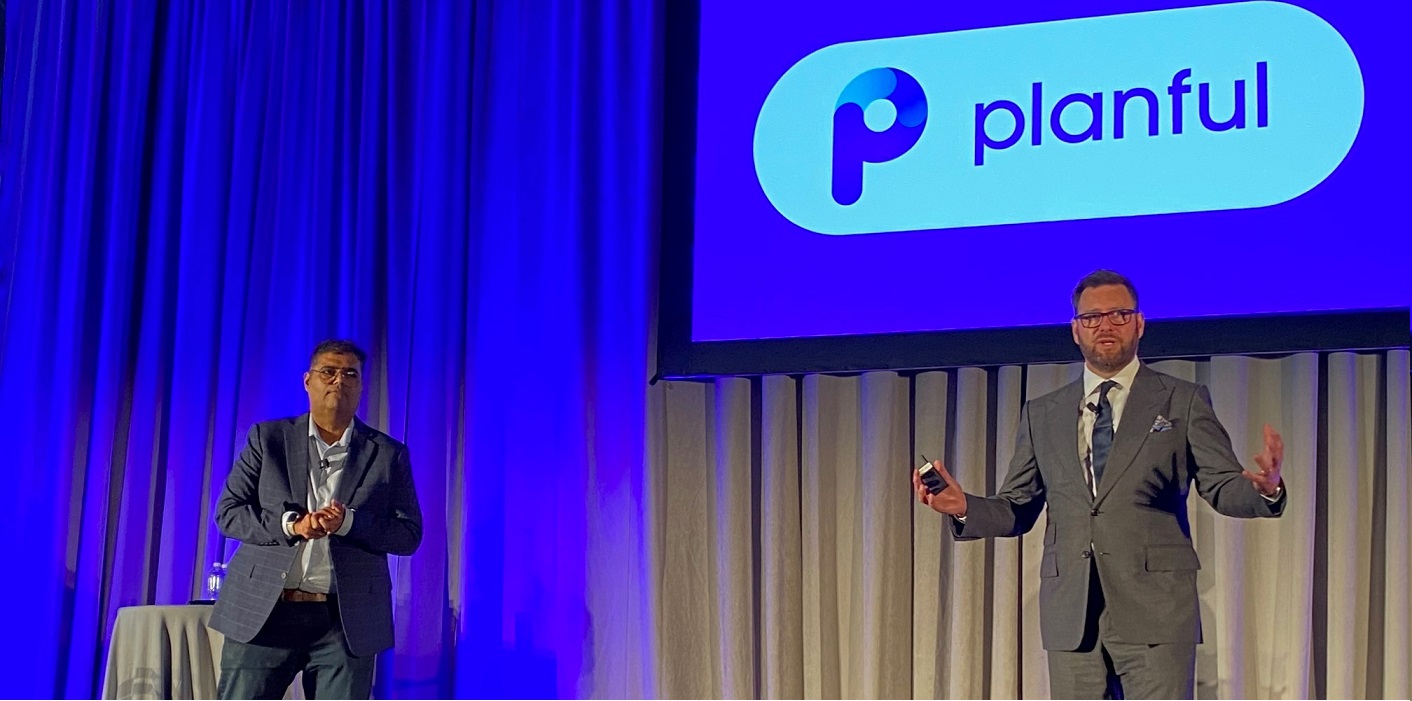Planful Perform 2023 spotlights enterprise-class customers expanding the power of the platform across departments and functions.
Financial performance management isn’t just for finance. That’s a key message that Planful, the cloud-based financial performance management vendor, stressed at its Perform 2023 event. Held May 10-12 in Chicago, the event highlighted a score of customers that are expanding the use of Planful beyond finance and accounting to budget holders in human resources, marketing and other departments and business units throughout their respective organizations.
Perform drew more than 500 in-person attendees and 1,500-plus virtual attendees for the mix of product announcements, how-to sessions, use-case demos, and best-practices presentations. At past Perform events, Planful has stressed the platform’s speed and ease of deployment for “heart of the economy” companies – meaning firms with $300 million to $1.5 billion in revenue. While midsized firms remain a core growth target for Planful, the company also serves plenty of enterprise customers with billions and, in some cases, tens of billions in revenue.
One such customer is Abbott Nutrition, a $7.4 billion-annual-revenue division of Abbott, the $43.7 billion medical devices, diagnostics, nutrition products and generic medicines company. Abbott Nutrition has used Planful for more than a decade and has expanded the use of the platform across business functions, taking advantage of capabilities including structured planning, consolidation, and reporting. Most recently Abbott Nutrition started using Planful for brand allocation.
Adapting for Scale, Diversity and Change
Another of Planful’s large customers is Federated Co-Operatives Ltd., a diverse, $12.5-billion-annual-revenue Canadian organization known for its Co-Op home centers, gas stations, grocery stores, and agricultural products. Federated deployed Planful in 2018 and it now has two instances of the platform: one for its refinery business, which has unique needs, and a second for everything else.
Roughly 120 of the company’s 3,500 employees now use Planful, including 15 in accounting, 20 in the fuels group, 10 in agricultural products, 10 in the food business, 10 in home and building products, 10 in marketing, 5 in human resources, and 25 in the supply chain area, which includes a trucking unit that puts 700 trucks on the road.
To say that Federated is a complex organization is an understatement. In addition to its diverse business units, the organization has more than 160 co-op retail members, and it actively pursues acquisitions and divestitures. Federated uses Planful capabilities including structured planning, reporting, dashboarding, and workforce planning.
According to Sarah Alford, director of corporate accounting at Federated, Planful has thus far met every requirement. “I need the platform to scale, and when we do an acquisition, I don't have to add headcount to handle the reporting,” she told me in a one-on-one interview in Chicago. As for the need for two separate instances? “We centralize for efficiency but localize for effectiveness,” Alford said. “The refinery business is so different from the rest of the company that it required its own setup.”
Financial planning and workforce planning proved hugely important to Federated as it coped with the twin shocks of the pandemic of 2020 and the war in Ukraine, which started in 2022 and sent the price of crude oil skyrocketing, impacting both the refinery and agricultural products including fertilizer.
“The ability to do scenario planning has been transformational,” said Alford, contrasting the use of Planful with the constraints of the company’s prior use of a mainframe combined with spreadsheets. “When we suddenly faced a 100% increase in input costs, we were quickly able to do best case, worst case and likely case scenarios to adapt.”
Preparing for Growth

Planful executives Sanjay Vyas, chief technology officer, and Grant Halloran, chief executives officer, announce platform upgrades and roadmap plans at Planful Perform 2023
Even when Planful customers aren’t in the billion-plus-revenue leagues, that doesn’t mean that they don’t have complex needs or that growth won’t eventually drive enterprise-grade requirements. The slew of product upgrades announced at Perform should help any organization step up in scale or sophistication. Announcements included:
- A recent update lets Planful customers bring actual results into the workforce planning module to better understand variances down to individual employees.
- A new corporate structure chart feature that helps organizations map, analyze and roll up sub-entity data for easier planning and consolidation.
- A new homepage for business users eases the collection of data from budget-holders and budget influencers who aren’t comfortable with spreadsheet-style interfaces.
- A new change history features gives admins greater visibility to track changes and see who changed what, directly in the user experience -- a must-have capability in many regulated industries.
- A new snapshot scheduler lets organizations automate snapshot creation, ensuring that if rolling back to prior versions of data and plans is ever needed, the data is available as expected. This provides finance and accounting more control and confidence.
- New Predict algorithms for advanced modelers and data scientists feature lets more sophisticated users harness their own algorithms developed in Python, and, soon, other languages.
- Planful is enhancing its multi-currency support, which will allow for advanced entity roll ups at the sub-consolidations level for complex corporate structures (expected in Q1 2024).
Constellation's Analysis
During his opening keynote, CEO Grant Halloran described Planful as “an endless runway” for growing companies that “don’t want to invest in something that's just going to give them three years.” Executives from several of the larger organizations I encountered at Perform confirmed this perspective.
“I don't think we can outgrow Planful,” said Alford of Federated. “Once you get onto the platform, you can't believe how much it can do.”
In short, Planful is successfully serving many enterprise customers as well as growing midsized firms. Emerging features such as sub-entity corporate structure charting and multi-currency support promise to fill enterprise-oriented feature gaps and meet the needs of all but the largest organizations.


0 Commentaires